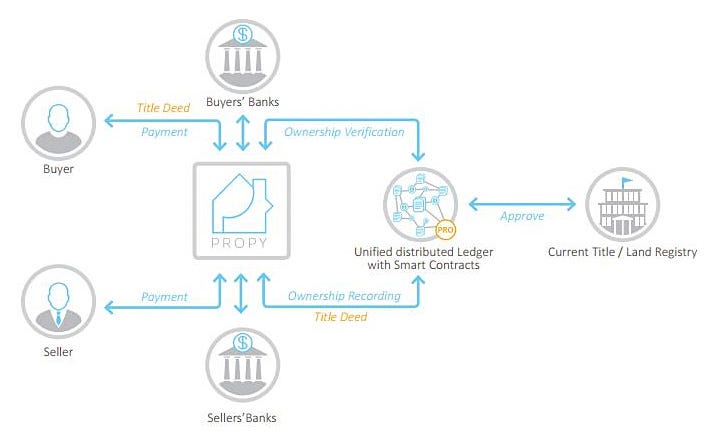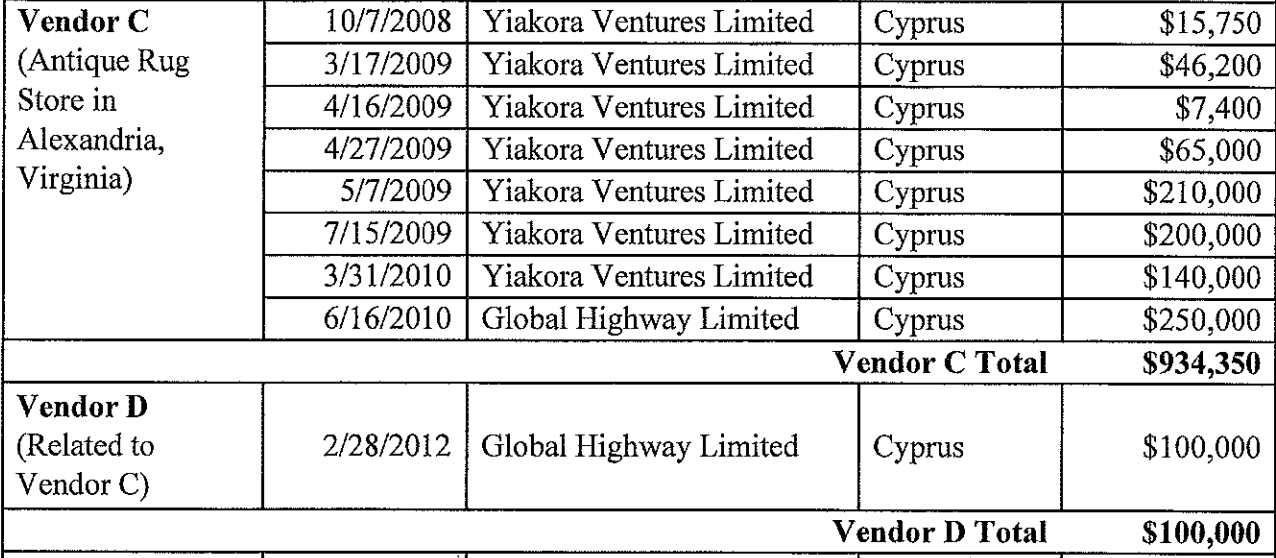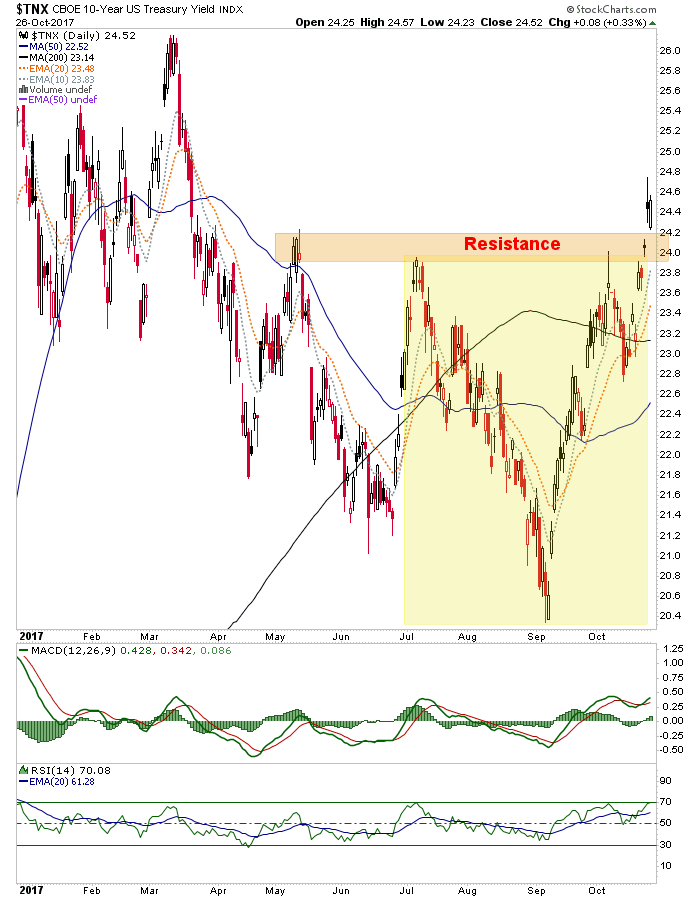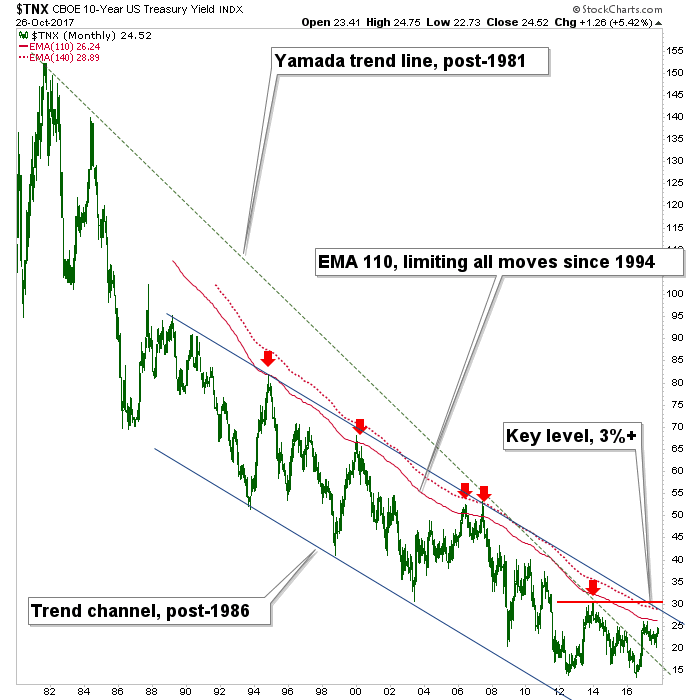Speaking of Reformations...
From
Bond Economics, Oct. 29:
In The Reformation of Economics, Philip Pilkington argues that
societal structure determines the power of creditors and therefore
interest rates. He then attacks mainstream financial and economic
theories about interest rate formation. Although I agree that
institutions matter for the determination of the power of creditors, I
see mainstream theories of interest rate formation as adequate within
the current institutional structure of developed countries. (Link to my review of The Reformation in Economics.)
My Summary of Pilkington's Arguments
This article is based on some of the contents of Chapter 9 of the book
-- Finance and Investment. As an initial disclaimer, I want to emphasise
that I am going to summarise some of the points that Philip Pilkington
makes there, but I am not attempting to discuss the entirety of his
arguments.
He is highly dismissive of mainstream economics and finance, and the use
of the Efficient Markets Hypothesis with respect to interest rate
formation. I agree with some of his criticisms, but I rely upon the
efficient market hypothesis in my analysis of interest rate
determination (rate expectations theory). The divergence in views can be
viewed as the result of looking at different questions.
Firstly, the discussion of interest rates in classical economic theory
is utterly worthless. My disagreement with Pilkington on that score is
that I think the entire topic should be ignored as an intellectual
embarrassment, whereas he argues that "Wicksell is no relic" (page 253).
I come from an academic background where we do waste time on dead
theories; for example, I could find no mention of optimal control in a
quick scan of the standard robust control theory textbook Feedback Control Theory, by
Doyle, Francis, and Tannenbaum. This is despite the fact that there is
an obvious mathematical linkage between optimal and robust control. (The
Kalman Filter is one of the few relics left behind from optimal control
theory.) As an ex-academic, I understand the concerns regarding
originality, but at the same time, we cannot cripple our ability to
advance economic theory by wasting time worrying what Wicksell -- or
Keynes -- really meant.
Modern financial theory argues that we can decompose the interest rate
of any instrument into three components (assuming there is no embedded
optionality, such as the ability to prepay, convert, call, or put the
instrument back to the issuer):
- The expected "average" of the short-term credit risk-free rate
(usually the policy rate) over the maturity of the instrument.
(Technically, a geometric average.)
- The term premium for credit risk-free instruments (e.g., Treasury
bonds in the United States) associated with the term of the instrument.
- A credit spread.
(If you want to get finicky, there are second-order effects, such as the
effect of being able to fund a bond cheap at a special repo rate, as
well as benchmark or liquidity premia. The liquidity premium is a
particularly confusing concept in this context, as Philip Pilkington
prefers Keynes' liquidity preference theory. His concept of a liquidity
premium is what I would call the term premium; the liquidity premium
under my definition is how much more expensive a benchmark bond is
relative to a fitted curve.)
In my view, modern mainstream models (i.e., Dynamic Stochastic General
Equilibrium) are largely consistent with this version of financial
theory, although they contain other elements that are the source of
problems (the embedded assumption how interest rates affect economic
dynamics).
Conversely, Philip Pilkington argues that borrower's interest rates are determined by two factors.
- Institutional structure of the economy.
- Liquidity preferences of investors.
I will discuss these in turn.
Institutional Factors
The modern financial theory decomposition of interest rates makes sense
in the modern institutional context, where we have large dedicated fixed
income investors and a well-defined bond market. It would probably be
of little use in analysing lending in ancient Rome.
Pilkington argues that interest rates depend upon the power of
creditors. This is arguably true; we no longer have debt slavery or
debtors' prisons (although some political groups seem to be sneaking
debtors' prisons back under the door). Therefore, I have no argument
that the "total cost" of borrowing (when we take into account the risk
of being thrown into prison) depends upon institutional factors.
However, does this have much to say about market interest rates in the
developed economies over the past few decades? It is very hard to see
trajectory of interest rates from the post-war lows, to the early 1980s
peak, and back to the current lows as being the result of changes to the
power of creditors as a class.
He raises the question of loan sharks....
MORE





![Photo of Rep. Frederica Wilson [D-FL24]](https://www.govtrack.us/data/photos/412412-200px.jpeg)





